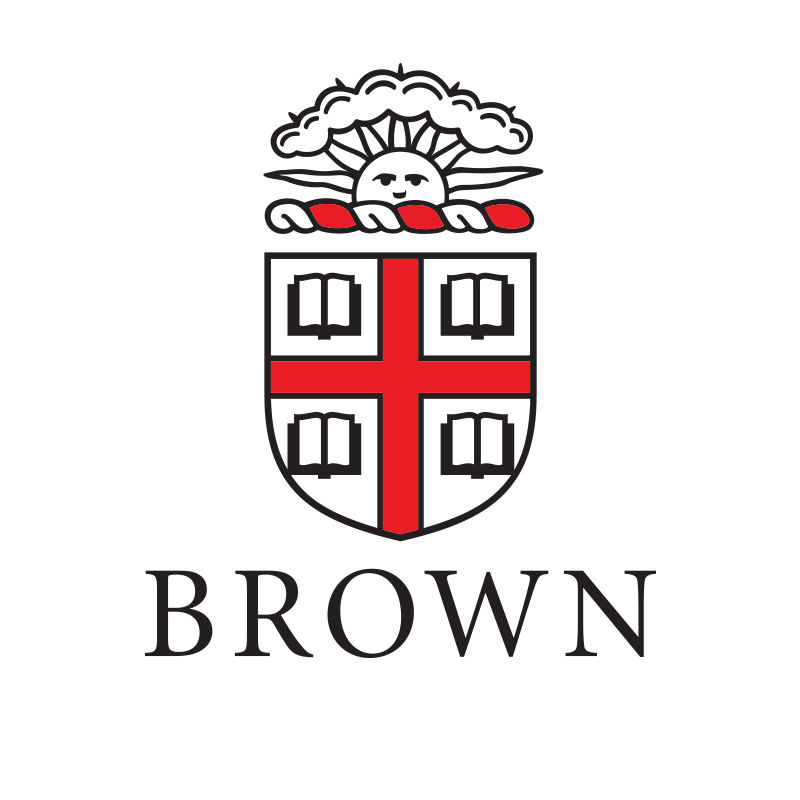预约演示
更新于:2025-05-07
HSP90B x HSP90A
更新于:2025-05-07
关联
1
项与 HSP90B x HSP90A 相关的药物作用机制 HSP90A抑制剂 [+1] |
非在研适应症 |
最高研发阶段批准上市 |
首次获批国家/地区 日本 |
首次获批日期2022-06-20 |
19
项与 HSP90B x HSP90A 相关的临床试验NCT05655598
Phase Ib IIT of Heat Shock Protein 90 Inhibitor TAS-116 Combined with Cyclin-dependent Kinase 4/6 Inhibitor Palbociclib in Advanced Breast Cancer Progressing on Palbociclib & Treatment-refractory Solid Tumors with Retinoblastoma Deficiency
The purpose of this study is to evaluate the safety and efficacy of TAS-116 with palbociclib in two groups of patients:
* Patients with advanced breast cancer that has become worse after taking palbociclib alone
* Patients with cancers that have an abnormality in a gene called the "retinoblastoma gene".
* Patients with advanced breast cancer that has become worse after taking palbociclib alone
* Patients with cancers that have an abnormality in a gene called the "retinoblastoma gene".
开始日期2023-09-12 |
申办/合作机构 |
CTR20232143
一项TAS-116(pimitespib)联合伊马替尼治疗晚期胃肠道间质瘤患者的Ⅰ期研究
这是一项I期、开放性、多国、多中心研究。
在中国患者剂量递增部分,将在中国患者中评估pimitespib单药治疗以及与伊马替尼联合治疗的安全性和耐受性。
开始日期2023-09-04 |
申办/合作机构 |
100 项与 HSP90B x HSP90A 相关的临床结果
登录后查看更多信息
100 项与 HSP90B x HSP90A 相关的转化医学
登录后查看更多信息
0 项与 HSP90B x HSP90A 相关的专利(医药)
登录后查看更多信息
24
项与 HSP90B x HSP90A 相关的文献(医药)2025-05-01·Reviews on Recent Clinical Trials
Expression of Heat Shock Protein 90 in Testicular Cancer: A Retrospective Cohort Study
Article
作者: Giannakodimos, Ilias ; Tzortzis, Vasileios ; Politis, Vasileios ; Stamatiou, Konstantinos ; Sotiriou, Sotirios ; Mitakidi, Evangelia ; Tzelepis, Konstantinos ; Provatas, Ioannis
2025-03-01·Journal of Fish Biology
The regulation of ovarian degeneration in Pampus argenteus by heat shock protein genes under low‐temperature stress
Article
作者: Wang, Xubo ; Li, Yaya ; Qin, Chunlai ; Li, Chang ; Wang, Yajun ; Wang, Yi ; Guo, Chunyang ; Ding, Ming
2024-12-01·Fish Physiology and Biochemistry
Molecular characterization of heat shock protein 70 and 90 genes and their expression analysis in air-breathing magur catfish (Clarias magur) while exposed to zinc oxide nanoparticles
Article
作者: Snaitang, Revelbornstar ; Koner, Debaprasad ; Saha, Nirmalendu ; Das, Kanhu Charan
分析
对领域进行一次全面的分析。
登录
或

生物医药百科问答
全新生物医药AI Agent 覆盖科研全链路,让突破性发现快人一步
立即开始免费试用!
智慧芽新药情报库是智慧芽专为生命科学人士构建的基于AI的创新药情报平台,助您全方位提升您的研发与决策效率。
立即开始数据试用!
智慧芽新药库数据也通过智慧芽数据服务平台,以API或者数据包形式对外开放,助您更加充分利用智慧芽新药情报信息。
生物序列数据库
生物药研发创新
免费使用
化学结构数据库
小分子化药研发创新
免费使用


